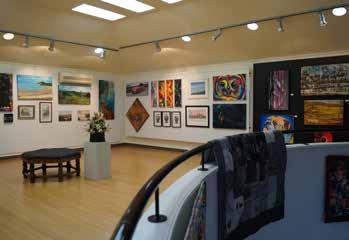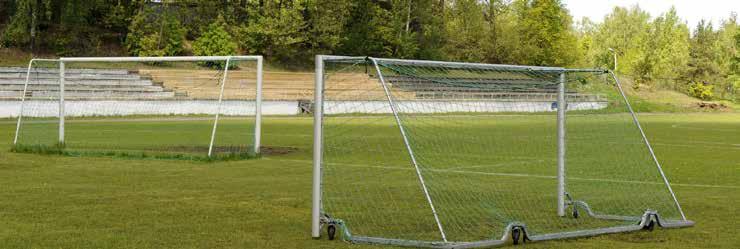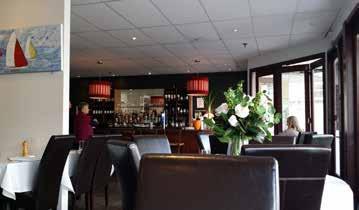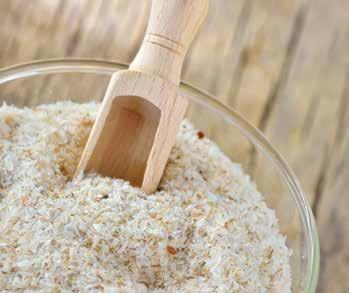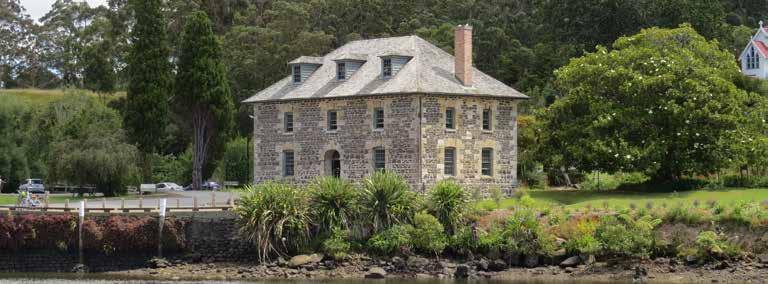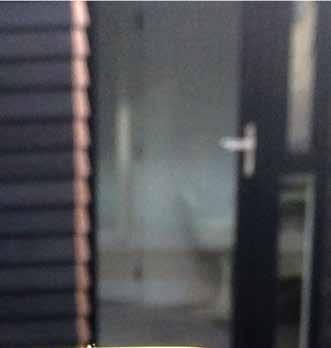
5 minute read
Millwater Motors
48 millwatermotors
‘Passionate for perfection in Packards’ best describes Stuart Flexman, who not only shared his love of this beautiful motor car with me but allowed me to enjoy the thrill of its power, elegance and impeccable manners on the road to Hatfield’s Beach and back.
Advertisement
Stuart arrived in Orewa at the age of six weeks in November 1936, when there were few houses and fewer streets. He became a master builder, involved in building the shops in Orewa, Whangaparaoa and Silverdale, and established a timber finger-jointing factory that he owned until 2006. Stuart undoubtedly also became a very accomplished artist in wood craft, which skills he has used to create the patterns and moulds that turned out the complex metal shapes needed for the restoration of this shining 1941 Packard 180 Super 8 convertible.
Stylish American motor cars, initially Ford Fairlane V8s, have been an important part of Stuart’s life over many years. In 1982
Stuart’s son bought a 1939 Packard sedan, for which Stuart helped source parts and materials, and it was while looking for these that he found a 1939 Packard convertible that he bought for himself. This was the start of the Packard passion and Stuart soon also had a sedan. Convertibles and sedans cost the same to restore but convertibles are worth 5 to 10 times more than the sedans when restored, so Stuart concentrated on the convertible models! About 10 years ago, Stuart saw a rear body shell of a 1941 Packard, minus the front end, and bought that. Looking at his gleaming, fully restored Packard Super 8, it is clear that a true love affair between man and machine really began back then. Stuart used his hand-made wooden moulds for the complex bodywork panel shapes that had to be produced. Chrome trim parts, dashboard fittings, lights and embellishments were sourced by Stuart on the Internet over the years.
Local panel beaters and auto electricians were employed to put together and completely rebuild his Super 8. Local upholsterers fitted the new cream leather upholstery and recovered the electrically-folding convertible top. The perfect metallic aubergine paint job was lovingly completed by Real Rides in Silverdale. Wheels and new whitewall radial tyres were bought in the USA, completing Stuart’s 185HP, 327 cubic inch, straight 8 pride and joy. The column-shift gearbox is an original Packard auto 2-speed plus reverse and, having ridden in the car, it sure delivers the 98 octane-fuelled power to the road in a most effective manner. Road-holding is impeccably good for a car of this age. The twin, covered spare wheels and elegant swan emblem on the bonnet mark out Stuart’s car as a top-of-therange Packard.
Next projects? Stuart has some more Packards, on which he will lavish love and attention and bring them to the same standard – we can’t wait!
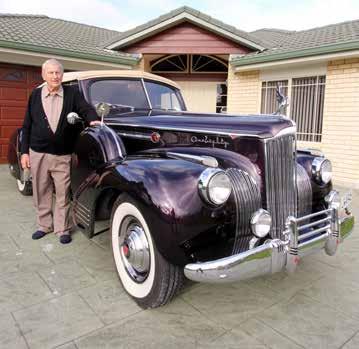






theMillwatermag
The BIG FREEZE! Managing frozen shoulder

Shoulder pain that develops spontaneously or as the result of a minor injury could be the onset of a condition known as frozen shoulder.
As frozen shoulder more commonly affects women (typically 40-60yrs olds), difficulty fastening your bra clasp is often one of the first symptoms, followed by pain, which interferes with activities of daily living, significant pain at night, and a gradual, progressive loss of movement. Early on, frozen shoulder presents similar to a rotator cuff injury or bursitis, but a failure to respond to conservative treatment may indicate frozen shoulder. Associated risk factors include: diabetes, stroke, trauma, surgery, connective tissue disorders (e.g. Dupuytren’s), thyroid disease and cardiac disease.
Frozen shoulder is most commonly believed to be an inflammatory process that develops into a fibrotic condition. It is characterised by 4 distinctive phases: The pre-adhesive phase, freezing phase, frozen phase, and thawing phase. Frozen shoulder can be a self-limiting condition lasting 1524 months, with no long-term implications or limitations.
In the early stages, the main goal is to reduce pain. Intra-articular steroid injection, acupuncture, mobilisation, electrotherapy, heat or ice, and gentle exercises can be helpful. It is important to limit lifting and avoid aggravating activities. In the later stages, pain diminishes but stiffness is the primary problem. Mobilisation/manipulation, acupuncture, home exercises and physiotherapy can help to improve function sooner.
Pendular exercises are commonly prescribed. These are performed in a bent-over position, with your affected arm dangling toward the floor. Support your body weight by resting your other arm on a firm surface. Slightly stagger the feet and bend your knees. Allow your affected arm to hang limp and then use the momentum produced by your body rocking backward and forward or from side to side to move your shoulder joint. Imagine your arm is an elephant’s trunk swaying gently. This exercise can help relax muscles around the shoulder, relieve pain, improve circulation and increase mobility.
Muscle-guarding and compensatory movements due to pain and restriction can also affect the surrounding muscles of the neck and arm. Understanding the process involved and what you and your health provider can do to help transition through the stages can help to ease symptoms and improve function and mobility sooner.
Karen Donaldson Peak Pilates and Physiotherapy Millwater www.peakpilates.co.nz
Millwater Women’s Group
Our May meeting was held at the Silverdale Pioneer Village. Thanks to Marian who arranged a fantastic speaker for us. Adele, a local Millwater resident and Cardiac Nurse at North Shore Hospital, shared with us the importance of recognising the symptoms of a heart attack and also walked us through life-saving CPR, which is a great skill to have. Adele is passionate about her work and a wonderful speaker, so our thanks again to her for giving us her time. In June we had a clothes swap meeting again, after the last one was very successful. Any clothes left over were donated to the Woman’s Refuge shop next door. The group as usual enjoyed morning tea and chatter.
Any interesting locals who would be keen to speak to the group please give me a call. We meet on the third Wednesday of the month – mostly at the Silverdale Pioneer Village.

